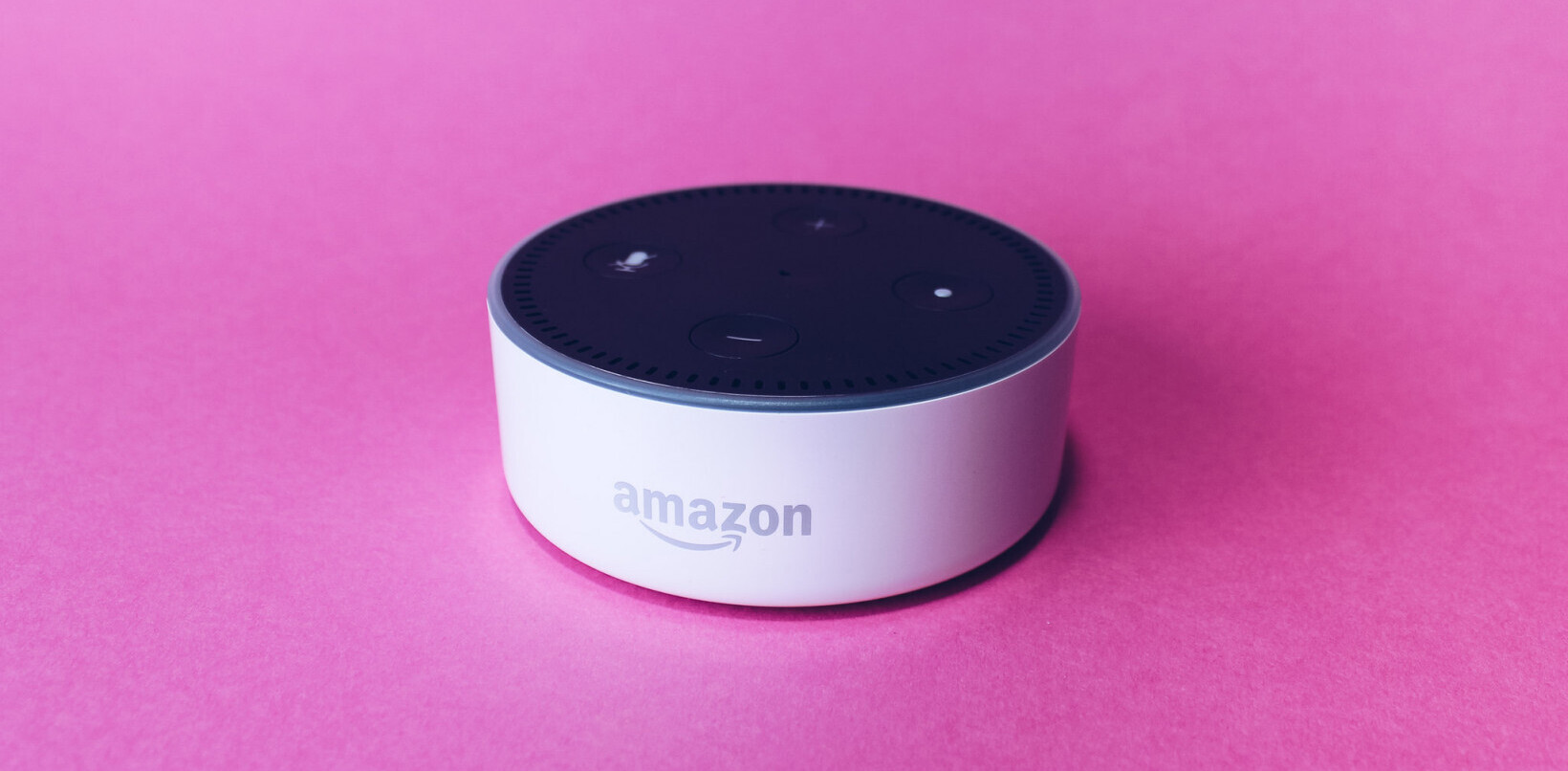Scientists have successfully measured brain waves through an ear implant for the first time, a breakthrough that could improve smart hearing aids.
Researchers from KU Leuven, a university in Belgium, used an experimental cochlear implant to record neural signals that arise in response to sounds. These signals could be used to measure and monitor hearing quality.
“In the future, it should even be possible for the hearing implant to adjust itself autonomously based on the recorded brain waves,” said study co-author Tom Francart.
[Read: How to use AI to better serve your customers]
Instead of making sounds louder like a conventional hearing aid, cochlear implants use electrical signals to directly stimulate the auditory nerve.
The devices are typically adjusted by an audiologist based on user feedback, a time-consuming process that can be challenging for children and people with communication impairments.
In addition, the fittings only happen during irregular sessions at a clinic. This means the settings can’t account for variable factors that affect the user’s hearing, such as different listening environments and physiological changes.
One solution is adjusting the implant via brainwaves. However, this typically requires expensive and cumbersome equipment that’s placed around the head.
A cochlear implant that records neural signals on its own could provide a more useful alternative. Francart said the approach has several advantages:
Firstly, we get an objective measurement that does not depend on the user’s input. In addition, you could measure a person’s hearing in everyday life and monitor it better. So, in the long run, the user would no longer have to undergo testing at the hospital. An audiologist could consult the data remotely and adjust the implant where necessary.
The researchers now want manufacturers to use the study findings to further develop smart hearing devices.
You can read the study paper in the journal Scientific Reports.
Greetings Humanoids! Did you know we have a newsletter all about AI? You can subscribe to it right here.
Get the TNW newsletter
Get the most important tech news in your inbox each week.





